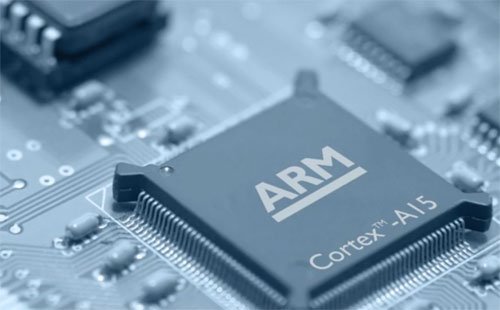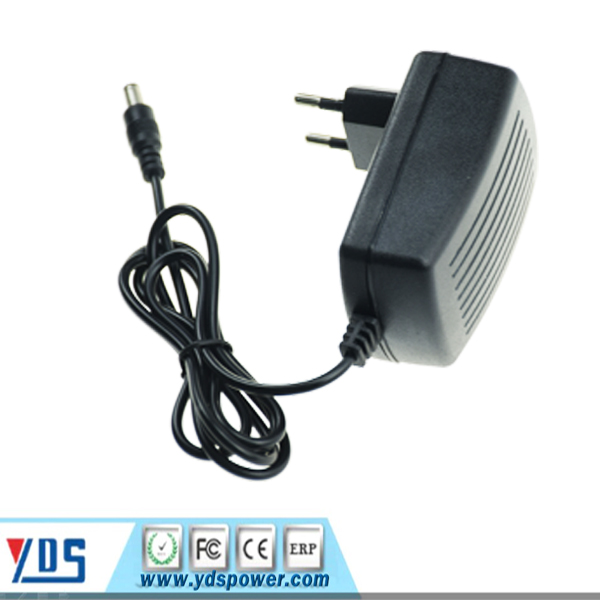ARM has dominated the embedded processor market
 With the development of the mobile Internet market, ARM has surpassed Intel in the mobile terminal market. But now with the development of home intelligence, Intel is again threatened by ARM from embedded processing.
With the development of the mobile Internet market, ARM has surpassed Intel in the mobile terminal market. But now with the development of home intelligence, Intel is again threatened by ARM from embedded processing. It is understood that in 2012, the embedded processor became the fastest growing business of ARM with a 25% increase, and sales of products other than smart phones accounted for more than half of ARM's total sales in the third fiscal quarter. Warren East, ARM’s chief executive, said that this ratio will continue to rise.
Market research company IDC statistics show that companies are buying chips that will make devices smarter. By 2012, global embedded processor revenues will increase by 23% from 2012 to $47.3 billion. This trend also ignited the demand for ARM architecture chips. The ARM-based chip was manufactured by companies such as Freescale and Texas Instruments to help the UK-based chip design company continue to lead Intel.
IDC analyst Mali Venkatesan said, "Intel is trying to enter this market, but ARM has long dominated the market." Intel is still the king of the global PC processor market, in the market's The market share exceeded 80%. But with the global PC market declining for the first time in the past decade in 2012 and the market may continue to decline in 2013, the world's largest chip maker needs new business to drive growth.
Intel's Challenge ARM's advantages in its rapidly growing mobile processors and smart systems have been reflected in the company's stock price. ARM's current dynamic price-to-earnings ratio is 49 times, which is far more than 10 times that of Intel. In 2012, ARM's share price soared by 59%, while Intel's stock price fell by 21%. Even if ARM's valuation is so high, among the market analysts who track the company’s stock, 40% of analysts still recommend “buying†the stock of this company, which is higher than Intel’s 36%.
Adapting products to new markets has always been a challenge for Intel, headquartered in Santa Clara, California. Last year, Intel’s share in the mobile phone processor market was less than 1%; its share in the embedded processor market was only 2%. IDC expects that shipments of embedded processors will reach 3.65 billion units in 2016, up from 2.54 billion last year.
IDC expects ARM's share of the embedded processor market to increase to 68% by 2016, up from 60% in 2012. By then, Intel’s market share will increase slightly to 5%.
The sales ratio IDC pointed out in the report that while Intel’s shipments in the embedded processor market are only a small fraction of ARM’s share, because Intel’s chips are more expensive and the computing process is more complex, the company’s The percentage of revenue in the embedded processor market is not appropriate. Intel accounted for about 20% of the revenue share of the market last year, and the ARM architecture chip share was 30%. The other 50% is divided by other chip makers.
Embedded chips were implanted in previously isolated devices and machines, giving them the ability to compute and connect to the Internet. Companies are rushing to integrate vehicles into sensors and microcomputer networks to ensure that drivers can access iTunes or stop cars when braking is insufficient.
Every day, devices such as thermostats and electric meters are connected to the Internet, which also requires processors to analyze data, transmit or receive instructions. Even some forks are currently analyzing the user's eating speed, allowing them to lose weight or to digest easily by allowing them to slow down.
The ubiquitous ARM
Equipment manufacturers and their chip suppliers are beginning to use ARM-based processors because it dominates the smartphone processor market, attracting many software developers and engineers, which also makes ARM-based processors easier and more convenient. Cheap to become a standardized product.
Hans Mosesmann, an analyst at Raymond James & Associates Inc., said: "ARM-based processors are everywhere and everyone wants to use this architecture. We have become ARM non-intelligent. Big fan of mobile phone business."
ARM, which is headquartered in Cambridge, UK, does not manufacture its own processor - it only sells processor design and basic chip technology licenses to companies such as Samsung Electronics, Qualcomm, and Texas Instruments. AMR's revenue last year was $914.4 million, just a fraction of Intel’s revenue of more than $50 billion.
For 24 Wall Charger with different plugs for choose, the input voltage 100V~240V 50/60Hz suits for worldwide use. which are popularly used for HD player, DVD, LCD TV, surveillance camera, LED display, LED light, USB hub etc.
24V Wall Mount Adapter has common 24V 500MA, 24V 1A, 24V 2A etc, the dc plug size has 5.5*2.5mm, 5.5*2.1mm and so on,
Yidashun's wall charger has intelligent protection system, to support over-current, over-voltage , short-circuit, overcharge protection etc, and Yidashun's wall mount Power Adapter has smart IC solution, high efficiency, energy saving and small ripple etc advantages.


24V Wall Charger,Tablet Charger,24V Wall Battery Charger,24V Wall Power Charger
Shenzhen Yidashun Technology Co., Ltd. , https://www.ydsadapter.com
